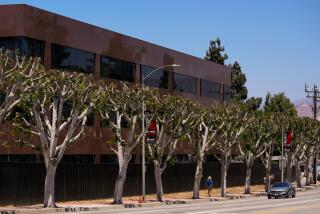AROUND HOME : Notes on Hooked Rugs, Architectural Ornaments and New Books : Pruning Fruit Trees
- Share via
Q: Can you tell me why it is necessary to prune deciduous fruit trees?--F.L., Montebello
A: There are several good reasons for regular pruning. The first is to keep the tree within bounds and to admit sunlight into its interior. The next, and to most gardeners the most important, is to promote formation of “fruiting” wood. Trees are pruned when they are dormant, in the winter. The method of pruning will differ with each type of tree, because of differences in where and how the fruit buds, or spurs, are formed. Peaches and nectarines, for example, bear fruit only on the previous year’s growth. The aim when pruning, therefore, is to remove old growth and retain most of the new. Deadwood and cross branches are removed first and heavy growth next. Cut back the new, terminal growth to about two-thirds of its length to outward facing laterals, leaving as many new laterals as possible.
Apricots, on the other hand, need thinning out rather than cutting back. Like peaches, apricots bear on the previous year’s growth but also on fruit spurs for three or four years. Plums are usually cut back even less than apricots; their fruit spurs bear from five to eight years. In the case of apples and pears, whose fruit spurs bear for about 10 years, thinning out is more to admit light than to force new growth. If you are not familiar with how to prune, refer to pruning information included in most garden books.






